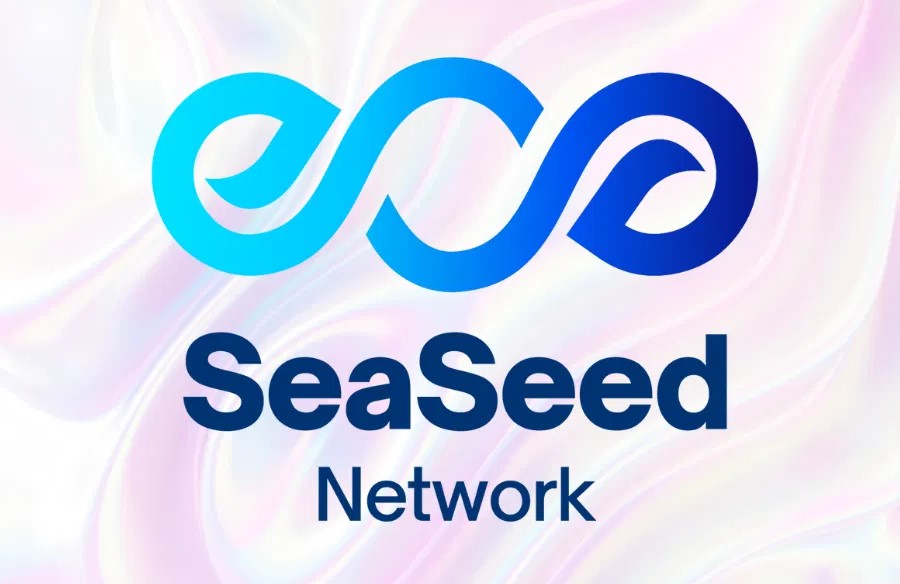Traditional finance and blockchain are two distinct realms. Traditional finance focuses on regulation, while blockchain is based on decentralization and community. These two worlds are, however, often incompatible and that is where SeaSeed Network steps in to bridge the two.
AllSpark Research recently sat down with SeaSeed Network Founder Lai Chung Ying at the Founder’s Room on X, and that was when Lai shared his experience in integrating traditional financial systems with blockchain.
Tune in on X: How Is SeaSeed Redefining Finance
Lai explained that SeaSeed Network provides a Layer-1 blockchain solution that focuses on the tokenization of real-world assets (RWAs) and collaborates with many local and financial institutions, as well as regional banks to bring various types of RWA products to the blockchain and offer them to the community.
The Network focuses on the tokenization of various assets, such as bonds, real estate-based products (REITs), and national infrastructure projects, which opens up new investment opportunities that are secure and offer attractive returns.

What are the Challenges in Traditional Finance and Blockchain?
One of the challenges Lai encountered in traditional finance and blockchain is the difference in focus. Traditional financial regulators emphasize on compliance, while blockchain emphasizes on decentralization.
Another challenge is accessibility of the general public. According to the founder, traditional financial products, such as bonds and other assets, often have high barriers, such as high minimum purchase requirements (US$100,000). In contrast, with the tokenization of RWA, individuals can buy a small portion of the asset. This makes it more inclusive, even for those with limited capital (US$100 or US$200).
Through blockchain, transactions can be carried out faster, more transparent and efficiently, reducing bureaucracy and the risk of human error in financial processes. This is where the democratization of finance is realized.
Unfortunately, it is very difficult for both parties to collaborate without someone acting as a middleman to bridge the gap, and that is where SeaSeed Network bridge the gap as a third party that understands both worlds.
SeaSeed Network Bridging the Gap
The Network provides a Layer-1 blockchain solution that focuses on RWA tokenization. With bank-level security and strict regulations, the platform makes it easy to integrate traditional assets into the Web3 world.
In connecting these different worlds, the goal is to collaborate with financial institutions. This can be achieved through asset declarations and enabling easier access to traditional financial products through RWA tokenization for the community.
According to Lai, trust is the key to making it happen. Building trust between financial institutions and blockchain technology takes time and close cooperation. He has been cultivating trust for seven years since founding Tokocrypto, a crypto asset trading platform in Indonesia.
For the founder, the network is not just a connector but also a regional and global tokenization center. He aims to support countries such as Indonesia, Thailand, Singapore, and Korea in utilizing blockchain in their financial sectors.
Something hot is brewing in 2025 for SeaSeed Network
SeaSeed Network will have its first public launch in early 2025, during 1Q or 2Q. With the upcoming launch, Lai plans to offer RWA products widely with the integration of existing Layer-1 (L1) and Layer-2 (L2) ecosystems.
Ahead of the launch, the Network has already established partnerships with various financial institutions while the team is working diligently to build the product.
Bridging blockchain and traditional finance enables a more inclusive, efficient, and transparent ecosystem. With a focus on asset tokenization and community collaboration, SeaSeed Network shows great potential to transform how people access and utilize financial products. The first public launch of SeaSeed Network is scheduled for 1H 2025.

